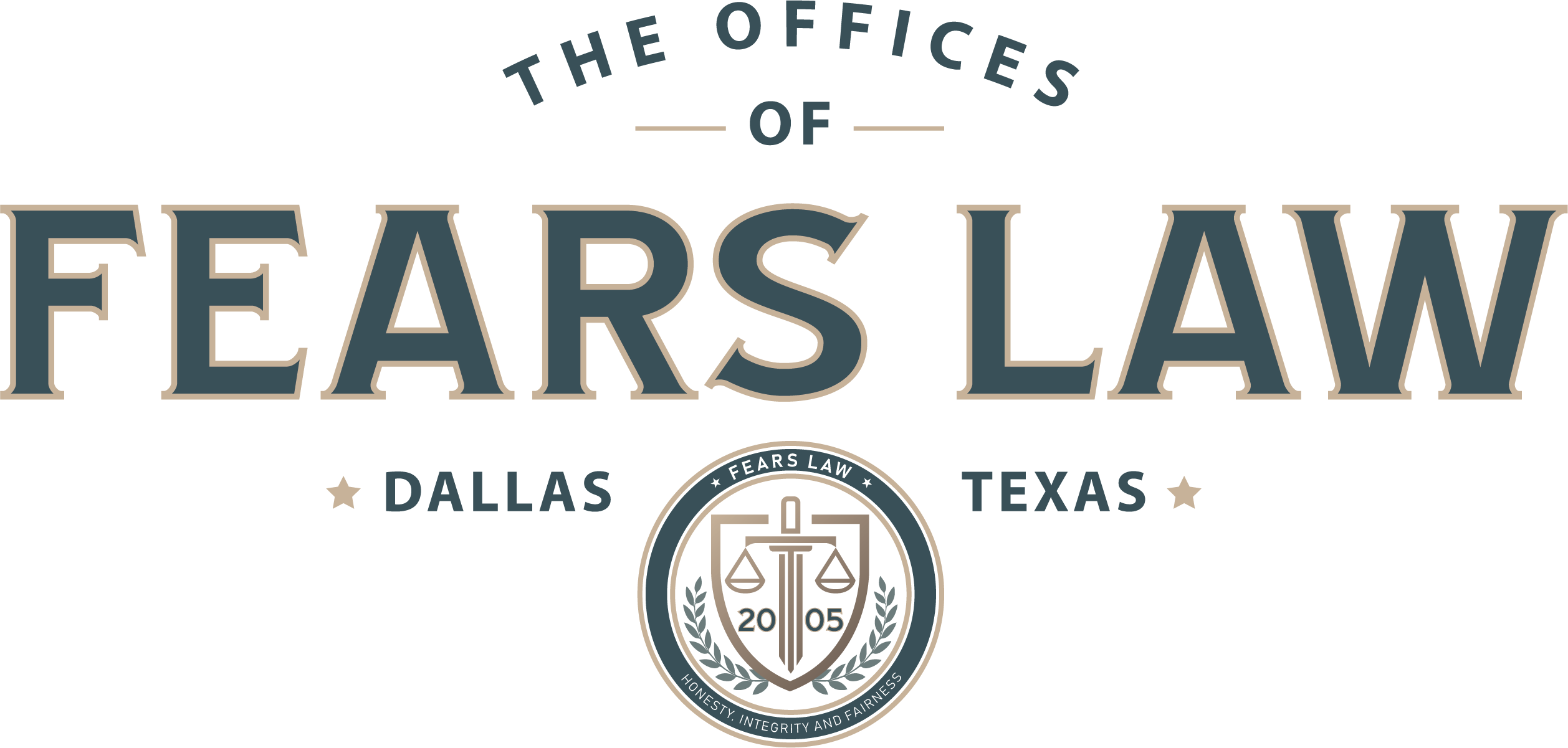Estate planning is typically viewed as a method of ensuring your assets are passed to on to your spouse and children at death. However, a growing number of the United States population is choosing to hold back on both marriage and children: In 2017, the U.S. Census Bureau recorded the percentage of adults living without children climbed from 52.3% in 1967 to 71.3% and noted a 44% decline in married households overall.[1] Today, it is estimated that one in five U.S. adults does not plan on having children.[2]
So, what kind of estate planning—if any—should a single, childless person consider? Estate planning generally involves drafting and executing either a will or trust, sometimes both. But first, let’s consider how your assets will be distributed in the absence of any estate planning: under the laws of intestate succession.
In Texas, the laws of intestate succession operate as the state’s default estate planning mechanism for those that die without a will, also known as dying “intestate.” Intestate succession distributes your property to your surviving relatives. In the case of a married individual with children who dies intestate, their surviving spouse will inherit all of the decedent’s community property and 1/3 of their separate property, with the child or children inheriting the remainder of the decedent’s separate property. In the case of an unmarried individual with no children that dies intestate, their surviving parents and/or siblings will inherit all of the deceased’s property. In the case of an individual who dies intestate with no spouse, children, or surviving family members, their property is distributed to the state.
For many, intestate succession seems to be a suitable means of leaving property to those that survive them. Roughly 60% of Americans do not have a will or other means of estate planning in place.[2] However, creative estate planning can ensure your hard-earned assets continue to benefit causes important to you once you’re gone, particularly if a spouse or child is not in the picture. Preparing a will or trust identifying a charity or even a pet as a beneficiary is valuable for both your peace of mind and for causes you want to support beyond your lifetime. Both wills and trusts can be drafted to leave your assets to charities of your choosing, with wills giving gifts to the charity outright, while a charitable trust can manage your assets and make periodic payments to charities of your choice for specified periods of times. Likewise, both wills and trusts can be drafted to accommodate your surviving pets, through what is called a “pet trust.” A pet trust enables you to identify the party to carry out the terms of the trust, the pets to be supported by the trust, and the assets you wish to leave to support your pet after your passing. For more information on preparing estate documents that make creative and productive estate planning documents in the absence of heirs, contact Fears Law today!
[1] More Adults Living Without Children (census.gov)
[2] Survey: 60% of Americans lack will or estate planning (aarp.org)
ABOUT THE AUTHOR
Paige Burough
Paige is an Associate Attorney in the Fears Law Business Division. She entered into the field of law because she enjoys solving and preventing problems. Outside of work, Paige enjoys spending time with her family and cats.

